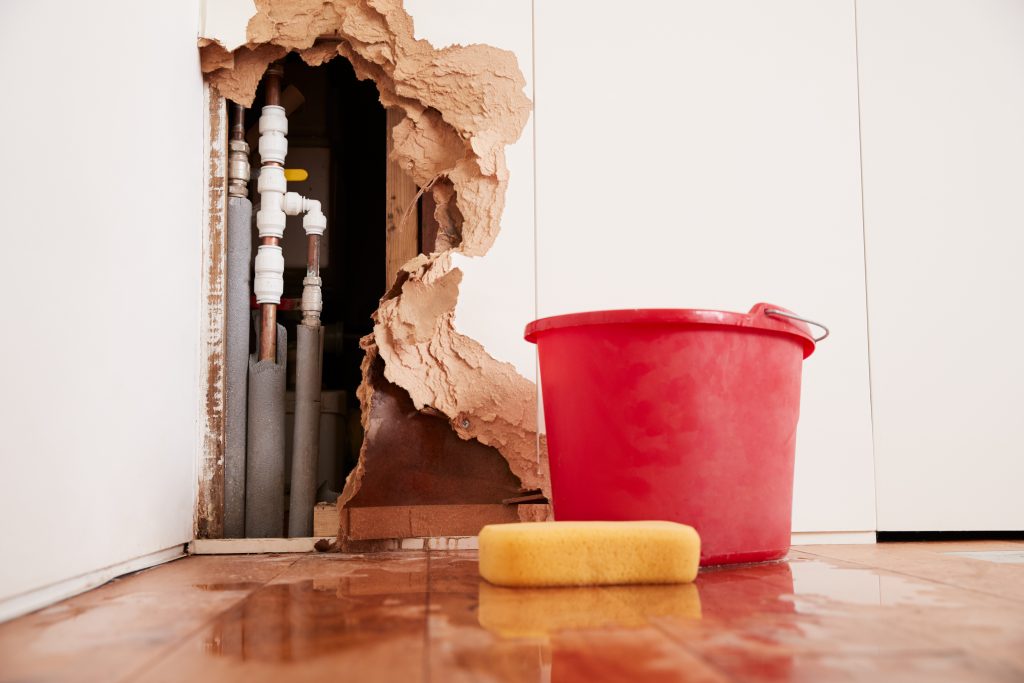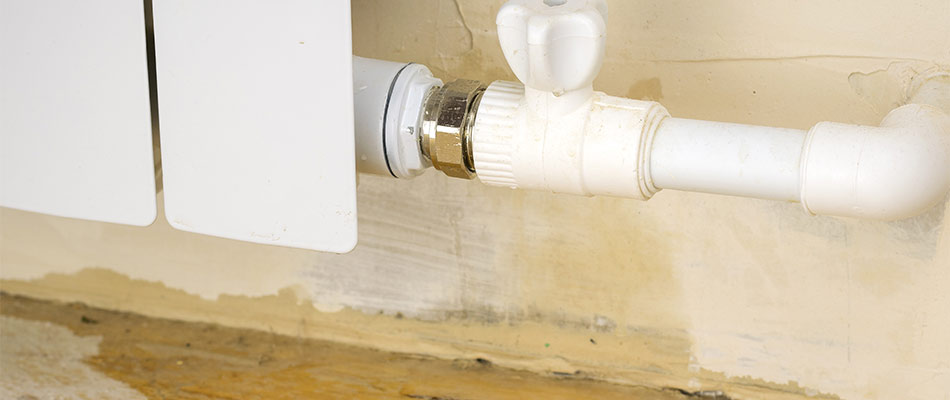Detect Concealed Water Line Leaks: Six Clever Detection Tricks
Detect Concealed Water Line Leaks: Six Clever Detection Tricks
Blog Article
We've encountered this great article involving Leaking water lines listed below on the internet and believe it made sense to discuss it with you on my blog.

Early discovery of leaking water lines can reduce a possible disaster. Some small water leakages might not be noticeable.
1. Take A Look At the Water Meter
Every house has a water meter. Checking it is a guaranteed manner in which aids you discover leakages. For beginners, switch off all the water sources. Guarantee no person will certainly purge, use the faucet, shower, run the washing equipment or dishwasher. From there, go to the meter and watch if it will certainly transform. Considering that nobody is utilizing it, there need to be no activities. That indicates a fast-moving leakage if it relocates. Furthermore, if you detect no changes, wait a hr or more as well as check back once more. This means you might have a slow leak that can even be underground.
2. Check Water Consumption
Examine your water expenses as well as track your water usage. As the one paying it, you must observe if there are any discrepancies. If you detect sudden changes, despite your consumption coinciding, it indicates that you have leaks in your plumbing system. Remember, your water expense should fall under the same variety each month. An abrupt spike in your costs suggests a fast-moving leak.
Meanwhile, a constant boost on a monthly basis, despite the very same practices, reveals you have a slow-moving leak that's likewise gradually escalating. Call a plumber to completely examine your property, especially if you feel a cozy location on your floor with piping beneath.
3. Do a Food Coloring Examination
When it comes to water intake, 30% comes from toilets. If the shade somehow infiltrates your bowl throughout that time without flushing, there's a leak between the container and dish.
4. Asses Outside Lines
Don't forget to examine your outside water lines too. Needs to water leak out of the link, you have a loosened rubber gasket. One tiny leakage can waste tons of water and also spike your water costs.
5. Examine and also Evaluate the Scenario
Homeowners ought to make it a routine to examine under the sink counters and also also inside cupboards for any type of bad odor or mold growth. These two red flags show a leak so timely focus is required. Doing regular examinations, also bi-annually, can conserve you from a significant problem.
Check for stainings and compromising as the majority of pipelines as well as devices have a life expectations. If you presume leaking water lines in your plumbing system, do not wait for it to rise.
Early detection of leaking water lines can mitigate a potential disaster. Some tiny water leakages may not be visible. Checking it is a surefire method that helps you find leaks. One small leak can lose bunches of water and also surge your water costs.
If you presume leaking water lines in your plumbing system, do not wait for it to intensify.
WARNING SIGNS OF WATER LEAKAGE BEHIND THE WALL
PERSISTENT MUSTY ODORS
As water slowly drips from a leaky pipe inside the wall, flooring and sheetrock stay damp and develop an odor similar to wet cardboard. It generates a musty smell that can help you find hidden leaks.
MOLD IN UNUSUAL AREAS
Mold usually grows in wet areas like kitchens, baths and laundry rooms. If you spot the stuff on walls or baseboards in other rooms of the house, it’s a good indicator of undetected water leaks.
STAINS THAT GROW
When mold thrives around a leaky pipe, it sometimes takes hold on the inside surface of the affected wall. A growing stain on otherwise clean sheetrock is often your sign of a hidden plumbing problem.
PEELING OR BUBBLING WALLPAPER / PAINT
This clue is easy to miss in rooms that don’t get much use. When you see wallpaper separating along seams or paint bubbling or flaking off the wall, blame sheetrock that stays wet because of an undetected leak.
BUCKLED CEILINGS AND STAINED FLOORS
If ceilings or floors in bathrooms, kitchens or laundry areas develop structural problems, don’t rule out constant damp inside the walls. Wet sheetrock can affect adjacent framing, flooring and ceilings.
https://www.servicemasterbyzaba.com/blog/how-to-detect-water-leakage-in-walls/

I discovered that page on Top leak detection hacks when looking around the internet. Don't hesitate to take a moment to distribute this blog posting if you enjoyed reading it. Thanks for your time spent reading it.
No more leaks, call us! Report this page